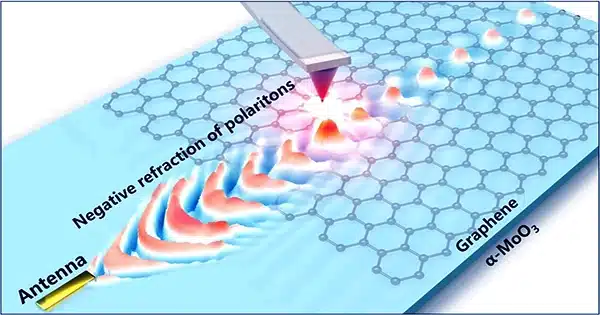High-temperature flames are required for the production of a wide range of materials. Controlling fire and its interaction with the intended material, on the other hand, might be difficult. Scientists have now discovered a technology that uses a molecule-thin protective layer to manage how the heat from the flame interacts with the material, taming the fire and allowing users to fine-tune the treated material’s properties.
“Fire is a valuable engineering tool – after all, a blast furnace is just an intense fire,” says Martin Thuo, corresponding author of the study and a materials science and engineering professor at North Carolina State University. “However, once a fire is started, you frequently have little control over how it behaves.”
“We use a nanoscale thin film over a targeted material in our technique, which we call inverse thermal degradation (ITD).” The thin film changes in reaction to the heat of the fire and controls how much oxygen can enter the substance. That means we may alter the chemical reactions occurring within the material by controlling the rate at which it warms up. In essence, we can control how and where the fire affects the material.”

This is how ITD works. You begin with your desired material, such as cellulose fiber. A nanometer-thick covering of molecules is subsequently applied to the fiber. The coated fibers are then subjected to a high-temperature flame. The molecules’ outer surface quickly combusts, elevating the temperature in near proximity. However, the inner surface of the molecular coating alters chemically, resulting in an even thinner layer of glass surrounding the cellulose fibers. This glass restricts the quantity of oxygen that may reach the fibers, preventing the cellulose from igniting. Instead, the threads smolder, slowly burning from the inside out.
“Without the ITD’s protective layer, applying flame to cellulose fibers would just result in ash,” Thuo explains. “The ITD’s protective layer results in carbon tubes.”
“We can tune the amount of oxygen that reaches the target material by engineering the protective layer.” And we can tailor the target material to create desirable properties.”
The team created microscale carbon tubes using cellulose fibers as proof-of-concept demonstrations.
The researchers were able to control the thickness of the carbon tube walls by varying the size of the cellulose fibers they started with, adding various salts to the fibers (which controlled the rate of burning even more), and varying the amount of oxygen that passed through the protective layer.
“We already have several applications in mind that we will address in future studies,” Thuo says. “We’re also interested in collaborating with the private sector to investigate various practical applications, such as developing engineered carbon tubes for oil-water separation, which would be useful for both industrial applications and environmental remediation.”















